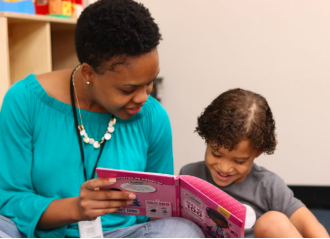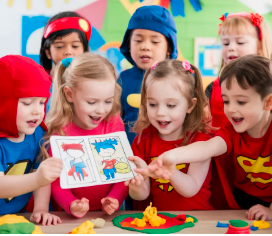Understanding emotions is a foundational part of early childhood development. One of the most effective and engaging ways to help young children explore and understand their feelings is through storytelling. Stories create a safe space where children can recognize emotions in characters and relate them to their own experiences.
Why Stories Work
Stories naturally captivate children. When characters experience emotions like happiness, sadness, fear, or anger, young listeners begin to understand these feelings in a real-world context. Through repeated exposure to stories, children learn that it’s okay to feel different emotions and that there are healthy ways to express them.
Choosing the Right Stories
Books with relatable characters, simple language, and clear emotional themes work best. Look for titles that illustrate empathy, friendship, problem-solving, and emotional growth. Stories where characters name their feelings and talk about how they deal with them can be particularly helpful.
How to Use Stories Effectively
While reading, pause to ask open-ended questions like, “How do you think the character feels right now?” or “What would you do if you felt that way?” These prompts encourage children to think deeply and connect emotionally with the story. Discussing illustrations is another useful way to explore nonverbal cues and facial expressions.
Extending the Learning
After the story, engage children in activities that reinforce the lesson. Drawing, role-playing, or creating their own stories about emotions can help solidify their understanding. Encourage children to talk about times when they felt similar emotions and how they handled them.
Creating a Supportive Environment
Using stories as tools to teach emotions fosters empathy and social awareness. It also builds vocabulary for expressing feelings, which is vital for emotional regulation. By creating a consistent routine around storytime and emotional discussion, caregivers and educators can nurture emotional intelligence in meaningful ways.
Incorporating stories into everyday routines helps children develop the tools they need to navigate their emotional world with confidence and compassion.


